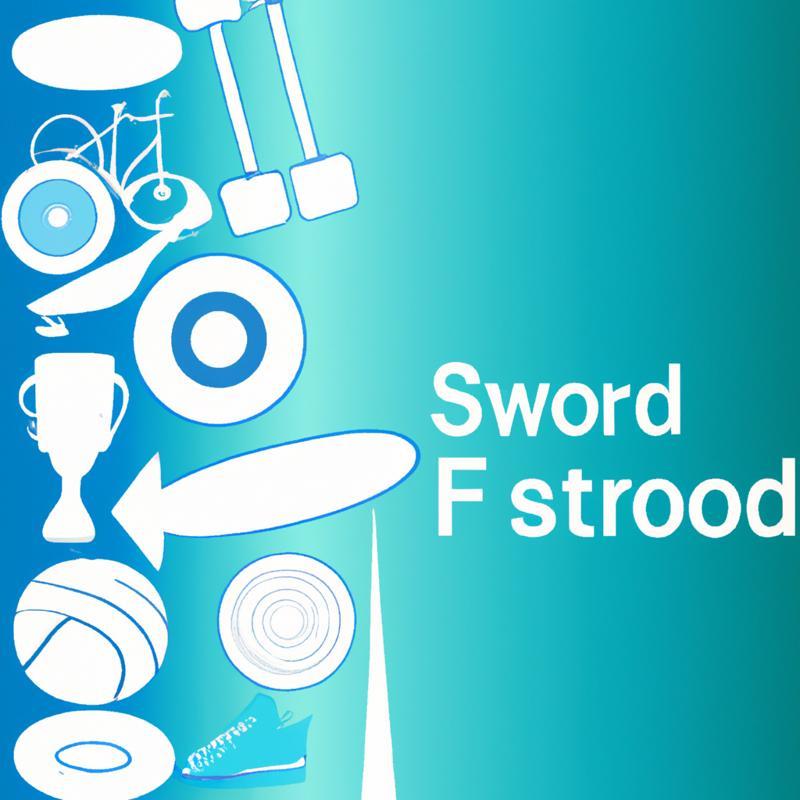- Applications of Yarn Weight Chart
- Benefits of Using Yarn Weight Chart
- Challenges of Yarn Weight Chart
- Current Trends in Yarn Weight Chart
- Tips for Using Yarn Weight Chart
- Conclusion
What is Yarn Weight Chart?
The Ultimate Guide to Yarn Weight Chart: Everything You Need to Know
Yarn weight chart may seem like a simple tool, but it is an essential and often overlooked aspect of the crafting world. It provides crucial information about the thickness and weight of different types of yarn, making it easier for crafters to choose the right yarn for their projects.
In this comprehensive article, we will delve into the world of yarn weight chart, discussing its definitions, applications, benefits, and challenges. We will also explore current trends and provide practical tips for readers interested in incorporating this tool into their crafting journey.
What is Yarn Weight Chart?
A yarn weight chart is a standardized system used to classify different types of yarn based on their thickness or weight. It typically ranges from lace or super fine yarn (weight 0) to jumbo or super bulky yarn (weight 7), with several categories in between. This system was established by the Craft Yarn Council in the 1980s and has since become an industry standard.
Applications of Yarn Weight Chart
Yarn weight chart has various applications in the crafting world. Here are some of its most common uses:
1. Choosing the Right Yarn: One of the primary uses of yarn weight chart is to help crafters choose the right type of yarn for their project. Different projects require different weights of yarn, and using the wrong one can result in a flawed end product.
2. Swapping Yarns: Sometimes, a specific pattern may call for a particular type or brand of yarn that may not be readily available. In such cases, crafters can use a yarn weight chart to find a similar substitute that matches the required thickness.
3. Creating Balanced Projects: Using different weights of yarn in one project can result in an unbalanced look. A yarn weight chart helps crafters ensure that all parts of their project have a consistent thickness.
Benefits of Using Yarn Weight Chart
1. Saves Time and Money: By using a yarn weight chart, crafters can avoid purchasing the wrong type of yarn, saving them time and money.
2. Ensures Consistent Results: Using the right yarn weight for a project ensures consistent results, making the end product look professional and polished.
3. Allows for Experimentation: While following patterns is essential, using a yarn weight chart allows crafters to experiment with different types of yarn and create unique projects.
Challenges of Yarn Weight Chart
While yarn weight chart offers many benefits, there are some challenges associated with it:
1. Inconsistencies: Not all manufacturers follow the same standards when labeling their yarn weights, resulting in inconsistencies across brands.
2. Varied Interpretations: While there is a general guideline for each category of yarn weight, there may be variations in thickness within each category due to different interpretations by manufacturers.
3. Limited Information: Yarn weight chart does not provide information about other important factors like fiber content, texture, or drape of the yarn. This information is crucial when choosing the right yarn for a project.
Current Trends in Yarn Weight Chart
As with any industry, trends in the world of crafting also influence the use of yarn weight chart. Here are some current trends to keep in mind:
1. Sustainable Yarns: With increasing awareness about environmental impact, more and more crafters are opting for eco-friendly and sustainable yarns like organic cotton or bamboo.
2. Blended Yarns: Blended yarns made from various fibers like wool, silk, or acrylic are gaining popularity as they offer unique textures and color combinations.
3. Novelty Yarns: Novelty or textured yarns with added elements like beads or sequins are being used to add interest to projects.
Tips for Using Yarn Weight Chart
Here are some practical tips for using a yarn weight chart:
1. Familiarize Yourself: Take some time to familiarize yourself with the different categories and their corresponding yarn weights.
2. Check the Label: Always check the label of the yarn you are using to ensure it matches the category you need.
3. Experiment: Don’t be afraid to experiment with different yarn weights to create unique and interesting projects.
4. Consider Other Factors: While yarn weight is crucial, also consider other factors like fiber content, texture, and drape when choosing a yarn for your project.
Conclusion
In conclusion, a yarn weight chart is an essential tool for crafters that offers many benefits but also comes with its own set of challenges. By understanding its applications, benefits, and limitations, crafters can make informed decisions when choosing the right yarn for their projects. Keep up with current trends and follow our tips for using a yarn weight chart to take your crafting skills to the next level!
